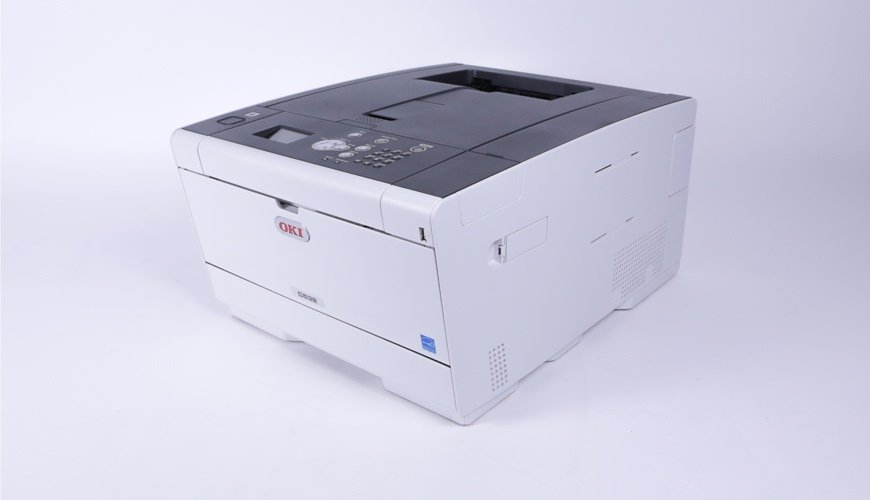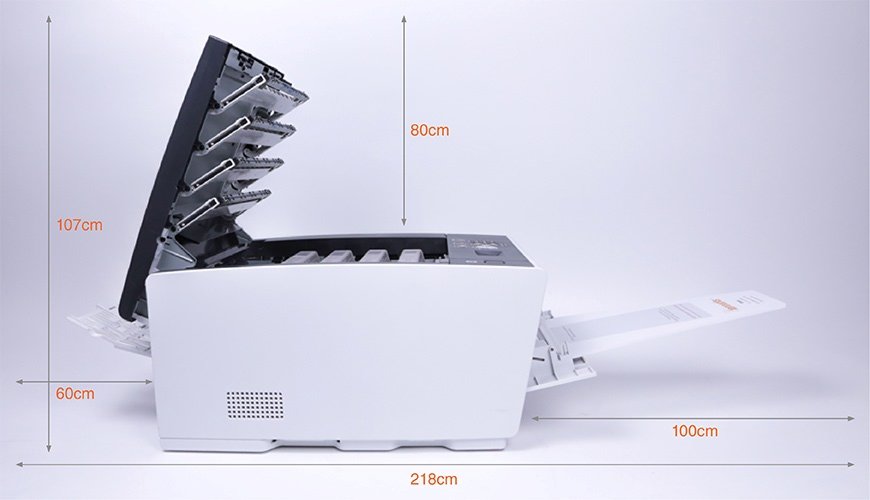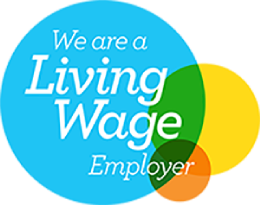Operational Conditions for C532
This knowledge base article shows the operational conditions for C532 printers. We’ve used these modified printers for our Trade Series because they make every legal number plate size or shape. And it offers you some basic colour options at a reasonable price.
If you follow the recommendations set out here, you’ll have less print issues with your plate production. And you’ll end up with better quality number plates too.
OKI C532 Printers
Each OKI C532 printer we provide is modified with settings that require some basic environmental conditions be met. For the best printing results, only operate them in locations where the following temperature, humidity and dust levels are met. Diverting from our recommendations can effect the print quality and thus the legality of your finished number plates.
Environmental Conditions
These settings are based on information from the printer manufacturer and results from our own internal testing.
- Temperature: 20 to 32°C
- Humidity: 20 to 80% humidity
- Dust: Dust particles may contaminate prints
- Fumes: Some fumes & aerosols can effect prints
- Assembly: 20°C and above
LED printers are much more complex than thermal machines, so they need be used in slighter warmer and cleaner locations. Dust, grease and some airborne fumes can present a risk to print quality by contaminating plate components or sticking to the print heads, so run your production away from the workshop or garage.
Some components, especially those already coated with adhesive, may require room temperatures of just over 20°C when assembling. We acknowledge that conditions in some summer and autumn months may be more forgivable regarding temperatures and humidity levels.
Operating Space
Enough space should be provided all around these printers for ventilation and to access the machine. Place the printer on a flat desk or worktop large enough to accommodate it and at a height comfortable for you to operate.
Remember these are front loading printers, so you will need to allow some decent clearance for the feeder tray. Extra room may also be required for the back output, if you print onto reflective sheets. And don’t forget you need room for your plate assembly too, especially when using a roller jig. Ideally, your production should be positioned in a heated, clean office away from dust and grease.
Store all your plate media components in a dry, warm place away from excessively bright light. To avoid contamination from dust leave them in their packaging until use, and then only take out what you need. For best results wipe your reflective or film sheets with a lint free cloth before using them. And we recommend cleaning the led heads regularly, while changing toners or before a production run.
Need Help?
For more detailed instructions, try your printers user guide. If you need help with your work area or number plate prints contact our customer service team for help. And remember, you can order C532 printer consumables and components from our online NP-Shop.




